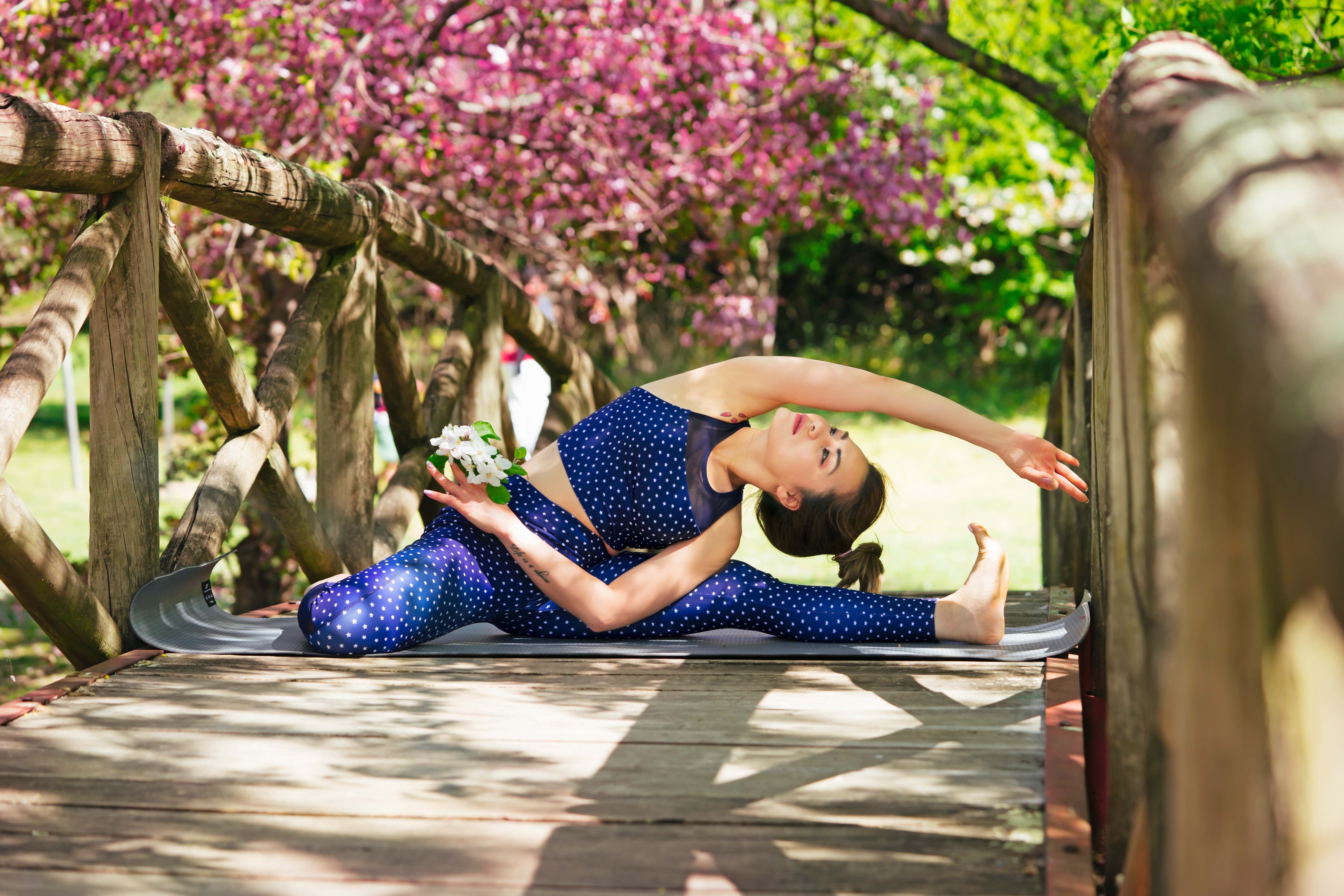Doing yoga can provide allergy relief, help control symptoms and may even keep it at bay. Allergy flare-ups cost time  & money and affect productivity, career progression & quality of life with an estimated 11.5 million work days lost in the US due to chronic rhino sinusitis (CRS) alone according to a 2012 study. From sniffles and wheezes to rashes and hives, allergy symptoms prevent you from working efficiently resulting in reduced outputs and increased absences. Yoga can help alleviate the signs of an allergy episode improving productivity and reducing absenteeism.
& money and affect productivity, career progression & quality of life with an estimated 11.5 million work days lost in the US due to chronic rhino sinusitis (CRS) alone according to a 2012 study. From sniffles and wheezes to rashes and hives, allergy symptoms prevent you from working efficiently resulting in reduced outputs and increased absences. Yoga can help alleviate the signs of an allergy episode improving productivity and reducing absenteeism.
Mindful deep breathing or intentional breathing to reset your body
Allergies come from different sources including food, dust, drugs, and chemicals. Unfortunately, stress and anxiety also contribute to flare-ups but the good news is there are ways to avoid allergic reactions. Doing mindful breathing assists in getting rid of irritations. A 2009 study supports the theory that deep breathing helps people with allergy symptoms. It clears the mind and body of negative vibes. When you breathe deeply, signals are sent to the brain that everything is fine, immediately lowering the stress that you feel. It encourages the full exchange of oxygen, pulling down blood pressure levels and stabilizing heartbeats. Deep breathing also frees the lungs and chest providing relief for allergy symptoms such as coughing or wheezing.
To achieve diaphragmatic breathing, put your hand under your abdomen. Inhale and feel your hand rise with each breath that you take. It will also fall every time you exhale. Another technique is the 4-7-8 breathing developed by Dr. Weil where you take in air for 4 seconds, hold your breath for 7 seconds and exhale for 8 seconds.
Yoga poses and side stretches assist in getting rid of toxins
Simple yoga poses can help relieve uncomfortable allergy symptoms. For example, holding the legs up in the air for a few seconds improves lymphatic circulation. A shoulder stand or another form of inversion opens-up the nasal passages, improving drainage of fluids to making breathing easier if your nose is blocked. Inverted poses also encourage blood flow from the lungs and pelvis to heart and lungs (Woodyard, 2011).
The bridge pose is another position that you can easily do that has tremendous advantages for your allergy symptoms. Back bends and the bridge pose assist in expanding the lungs and chest making it easier to take in and expel air.
Yoga is not only good for the mind, it also helps in alleviating the uncomfortable symptoms of an allergy. Simple breathing techniques, poses, and stretches are things that you can easily do to improve full oxygen exchange, open the chest and lungs and get rid of toxins. These actions decrease the severity of allergies and may even prevent the triggers.
Jane Sandwood
